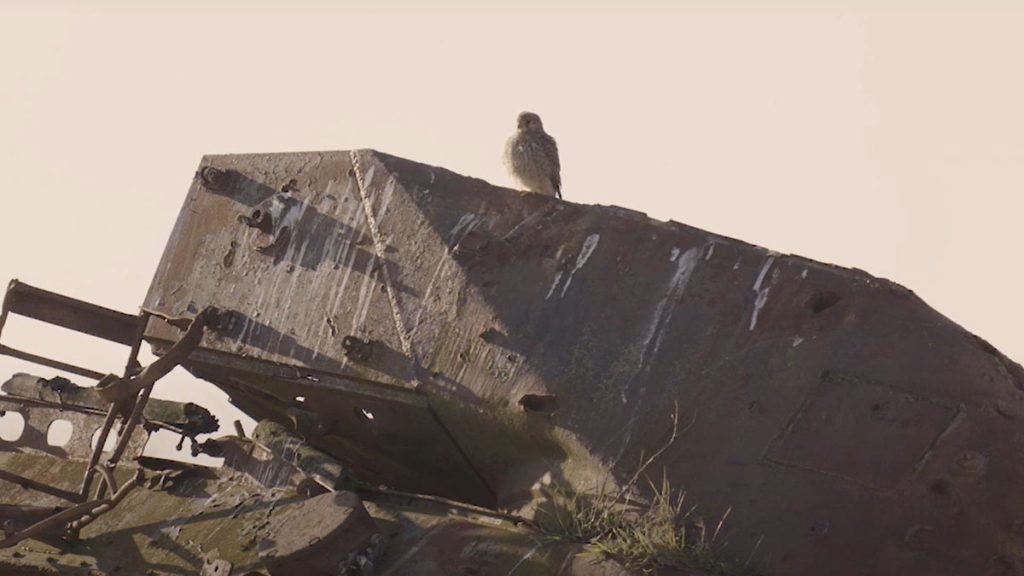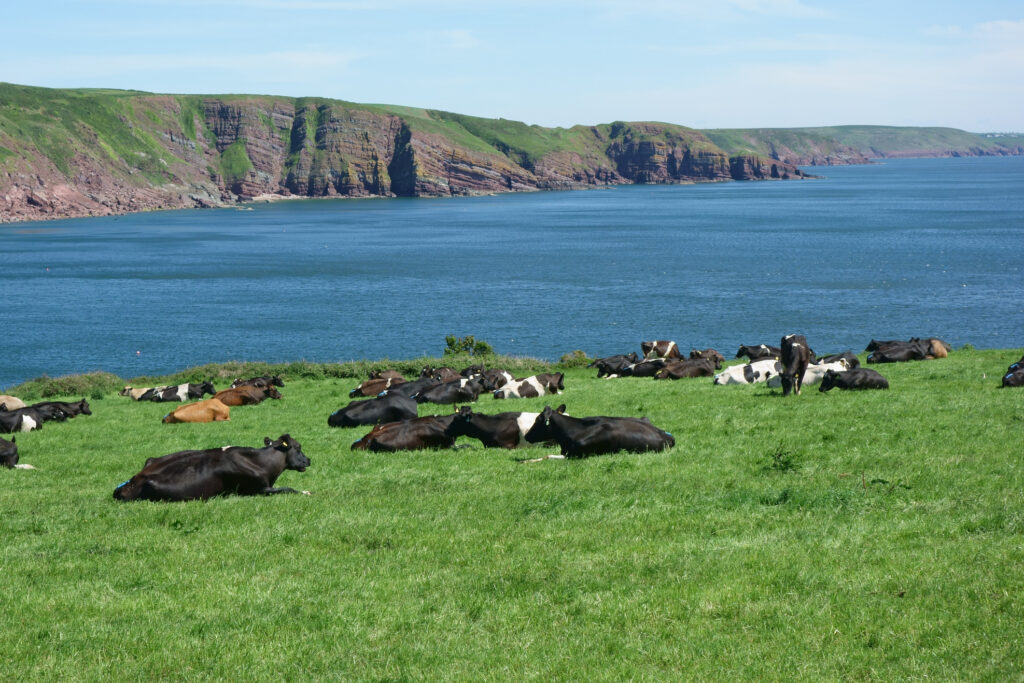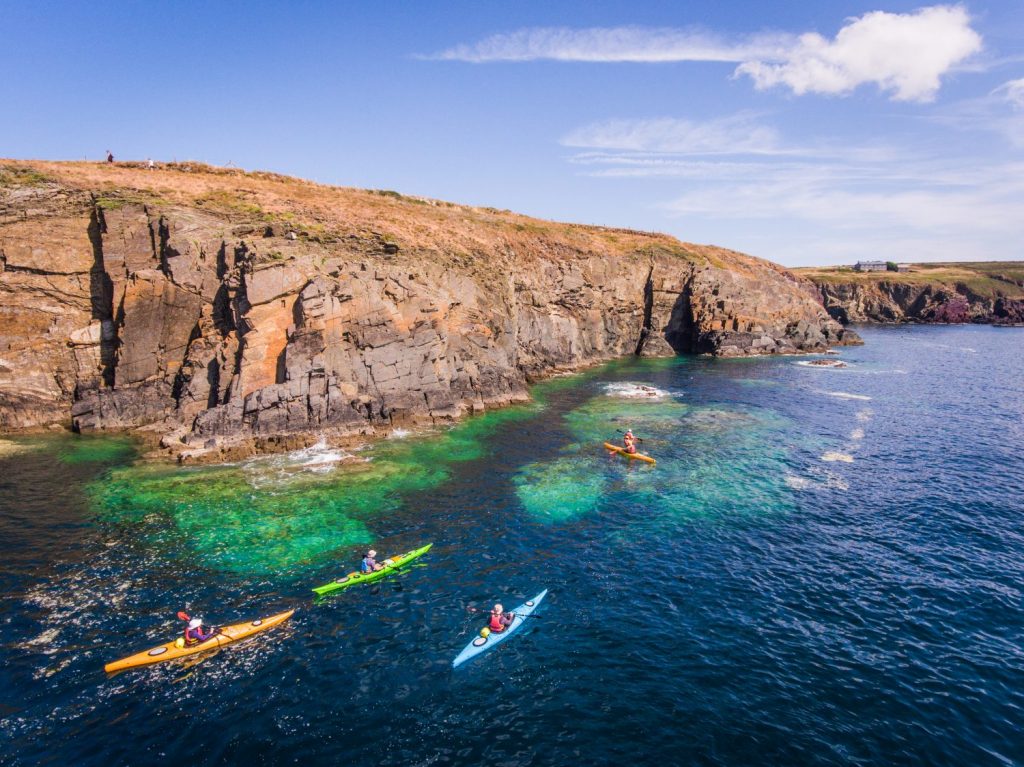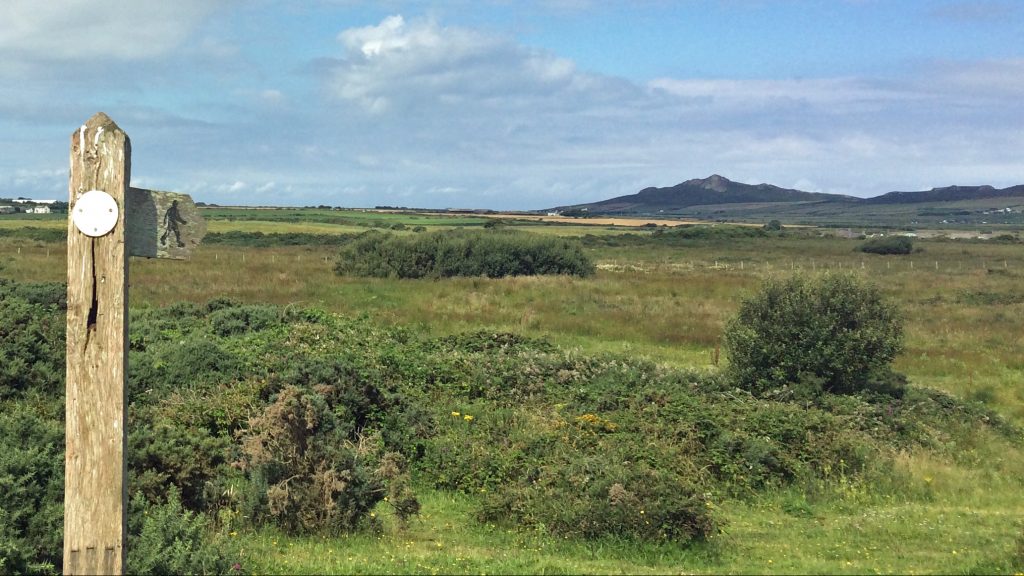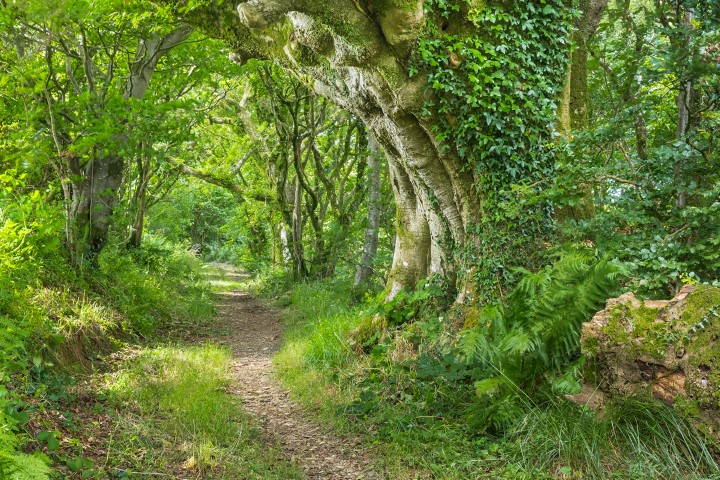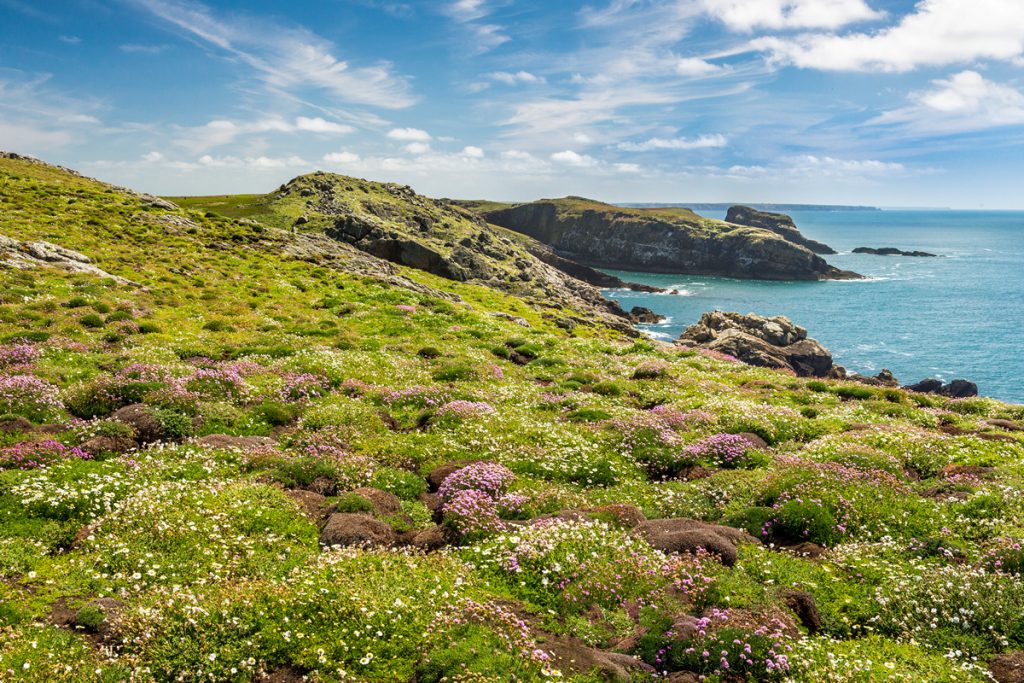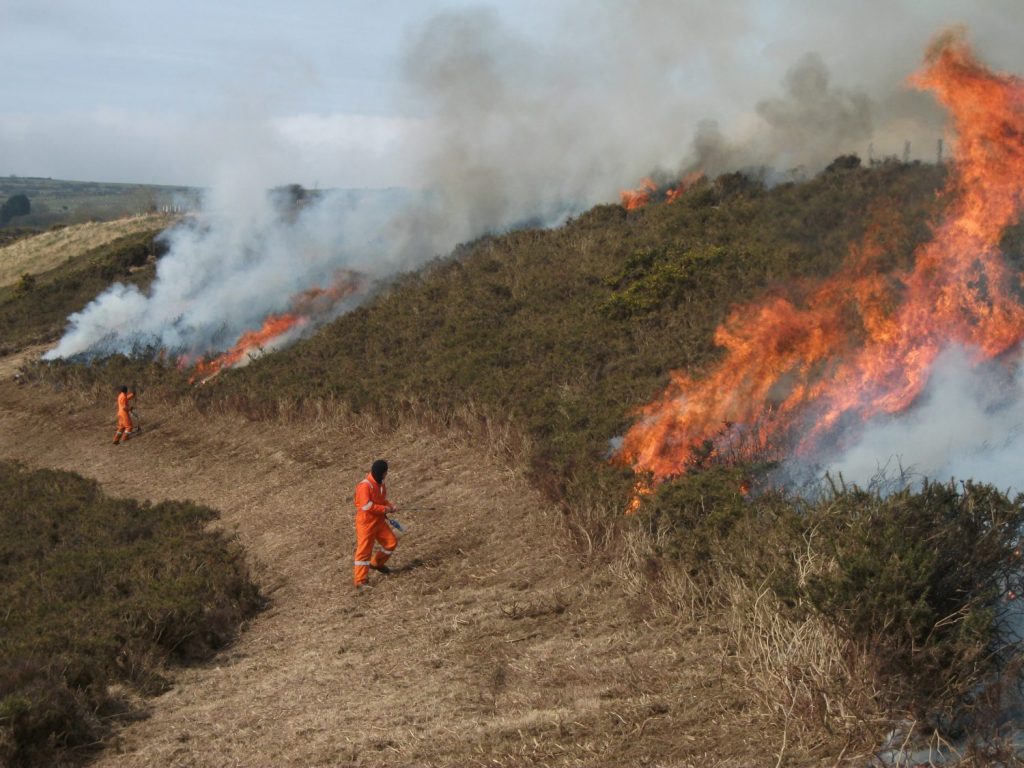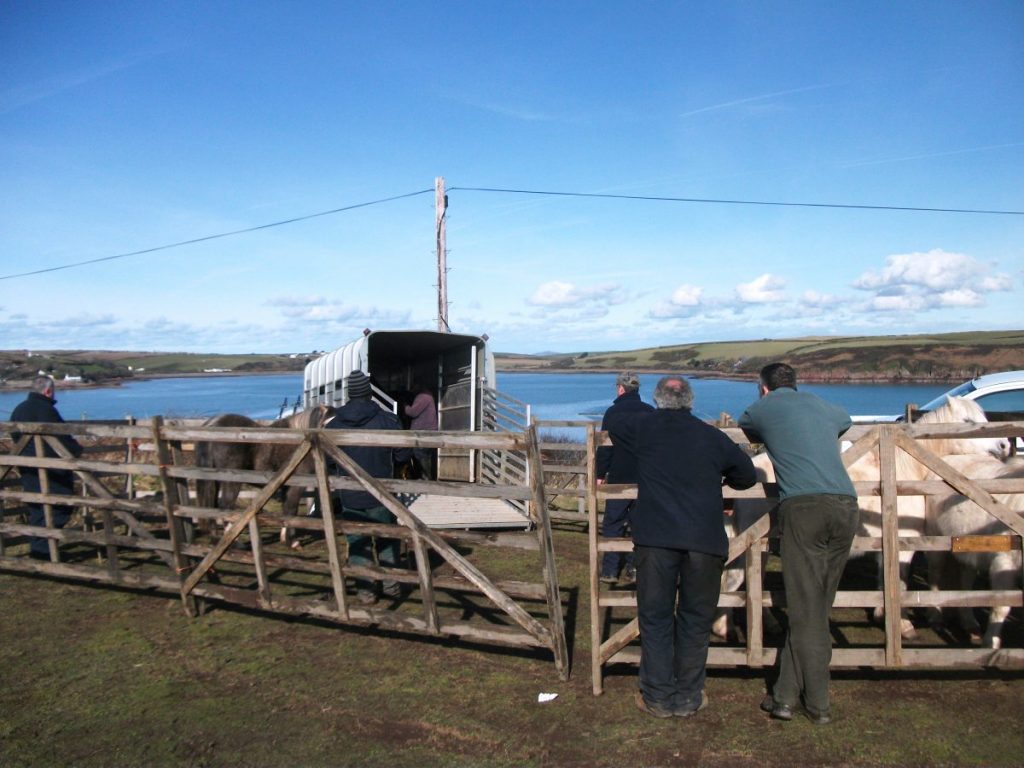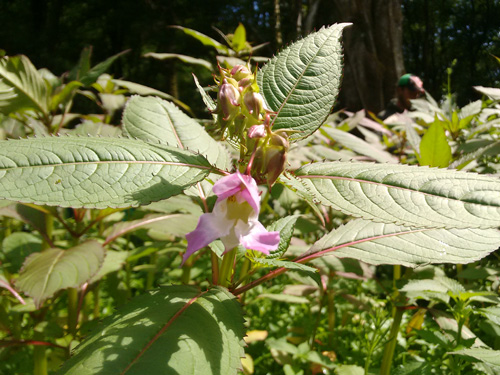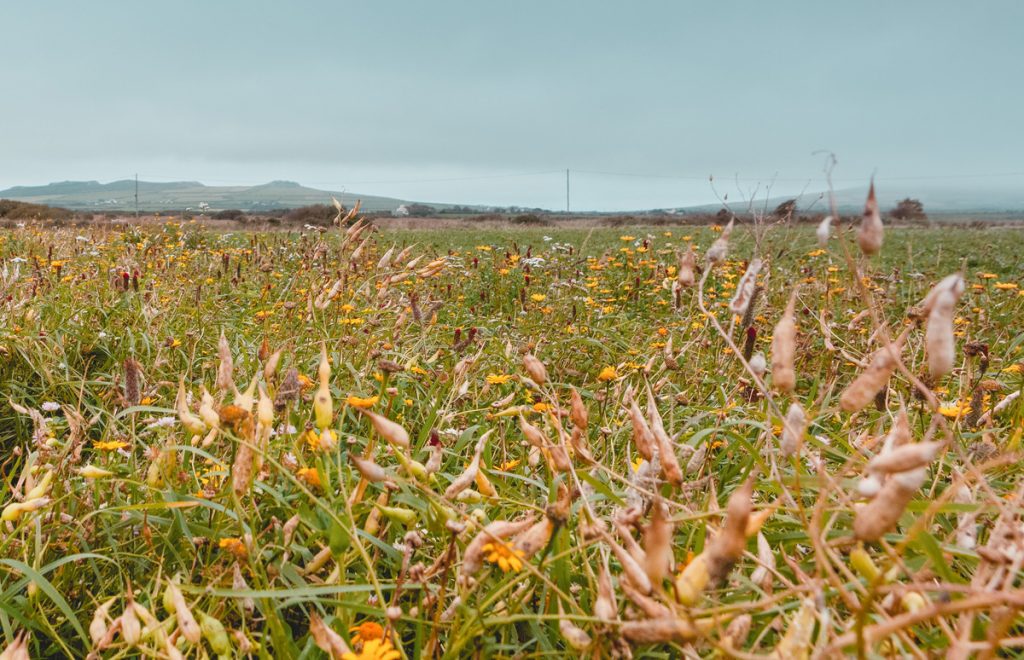The National Park Authority piloted the Naturally Connected project over 18 months in 2017 and 2018 in order to work with tourism businesses who owned land within the National Park.
The project, which was funded by the Sustainable Development Fund, explored the opportunities for working with the local tourism industry in enhancing their land for wildlife and also in promoting the wonderful wealth of wildlife experiences our National Park has to offer.
Seven businesses took part in the project including; Brandy Brook Camping Site, Llwyngwair Manor Holiday Park, Manorbier Youth Hostel, May Cottage, Penrhiw Hotel, Picton Castle and Tyriet Farm (Bluestone Brewery).
An ecologist visited each site to carry out a wildlife survey of their land and also to make recommendations for enhancing their land for wildlife. Each business received their own report on the wildlife on their property as well as information about special places and wildlife experiences in the area local to them for their own use and also to share with their visitors.
We worked with businesses to identify a small project aimed at enhancing or interpreting the wildlife biodiversity on their land. These projects were then implemented with a small budget and practical support through the National Park Rangers and the Pathways Project.
Picton Castle
Sixteen years ago the gardeners at Picton Castle converted part of the Castle lawns from a closely mown amenity grassland into a wildflower-rich meadow through implementing traditional hay meadow management. They were rewarded with the appearance of their first southern marsh orchid last year.
The ecological survey highlighted the importance of this meadow as a rare and declining habitat in Pembrokeshire. The challenge for Picton Castle was to integrate this meadow into the visitor experience of the Castle and gardens, and in particular, to draw attention to the meadow and also to help explain to visitors why the grass is left to grow long.
Naturally Connected helped fund the design and purchase of an interpretation panel to draw the attention of visitors to this very special and rare habitat.
Click the link to read the Picton Castle Naturally Connected Wildlife Report.
Bluestone Brewery and Tyriet Farm
Although otters have made a very good comeback to our rivers, they need dense vegetation and log piles alongside to use as resting and breeding areas. These kinds of places can still be quite hard to find in the farmed landscape, therefore, we took the opportunity to install a new otter holt alongside the River Clydach, a tributary of the River Nevern. Voluntary Wardens helped to install a recycled plastic prefabricated holt and carried out some hazel coppicing to disguise it.
Because Tyriet is located in the North Pembrokeshire dormouse hotspot it was a good opportunity to install 30 new dormouse boxes in the woodland and hedgerows around the farm. Voluntary Wardens spent half a day making the boxes and then half a day installing them on the farm. Volunteers will be checking these twice a year for signs of dormice and if successful can be added to National Dormouse Monitoring Network Programme (NDMP).
Click the link to read the Tyriet Farm Naturally Connected Wildlife Report.
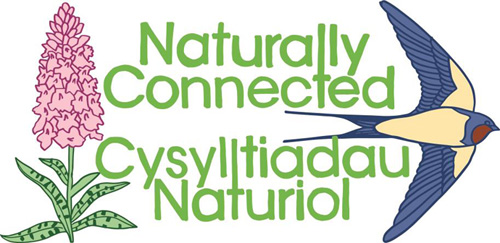
Brandy Brook Camping Site
One of the key natural features of Brandy Brook campsite is the abundance of mature and veteran trees. All of these trees are of a similar age and the campsite owner was keen to look towards planting trees that would shade the next generation of campers.
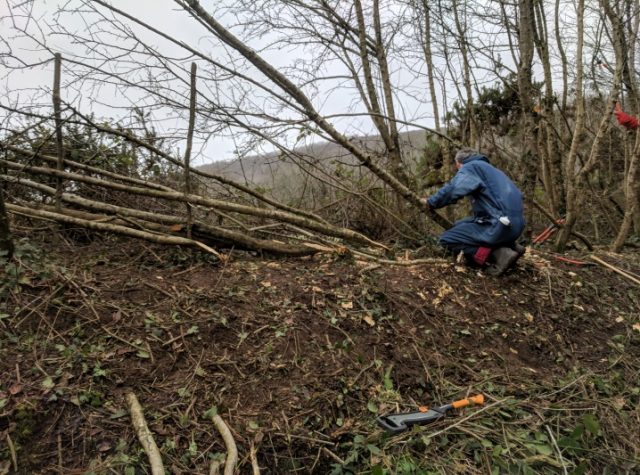
In-field trees are not as common as they used to be as they are less compatible with modern intensive agriculture; newly planted in-field trees are very scarce indeed so this was a wonderful opportunity. The project funded seven standard trees (two to three years old) along with tree guards to provide sheep protection when fields are grazed in winter. The trees were planted by North West Area Ranger Ian Meopham and volunteers from Portfield School.
Some of the hedges on the campsite were planted around 10 to 15 years ago meaning they were ideal for laying. Hedglaying is a traditional form of hedgerow management which aims to make hedges thick at the bottom to ensure they are stock-proof – which incidentally also makes them better for wildlife. We chose a hedge along a public footpath which runs through the campsite for Tom Iggleden and volunteers from the Pathways project to tackle.
The group were grateful to local expert hedgelayer Gareth Evans who gave his time to show a new style of hedgelaying to add to their repertoire. There are several more hedges in need of management at the campsite which we hope to tackle in the future.
Click the link to read the Brandy Brook Naturally Connected Wildlife Report.
Manorbier Youth Hostel
We supported Manorbier Youth Hostel to install 20 bird boxes in the shelterbelt around their site. The shelterbelt was planted about 20 years ago with assistance from National Park volunteers. The trees have done quite well considering the exposed location but they are still very young and lacking in features such as rot holes for nesting birds.
Click the link to read the Manorbier YHA Naturally Connected Wildlife Report.
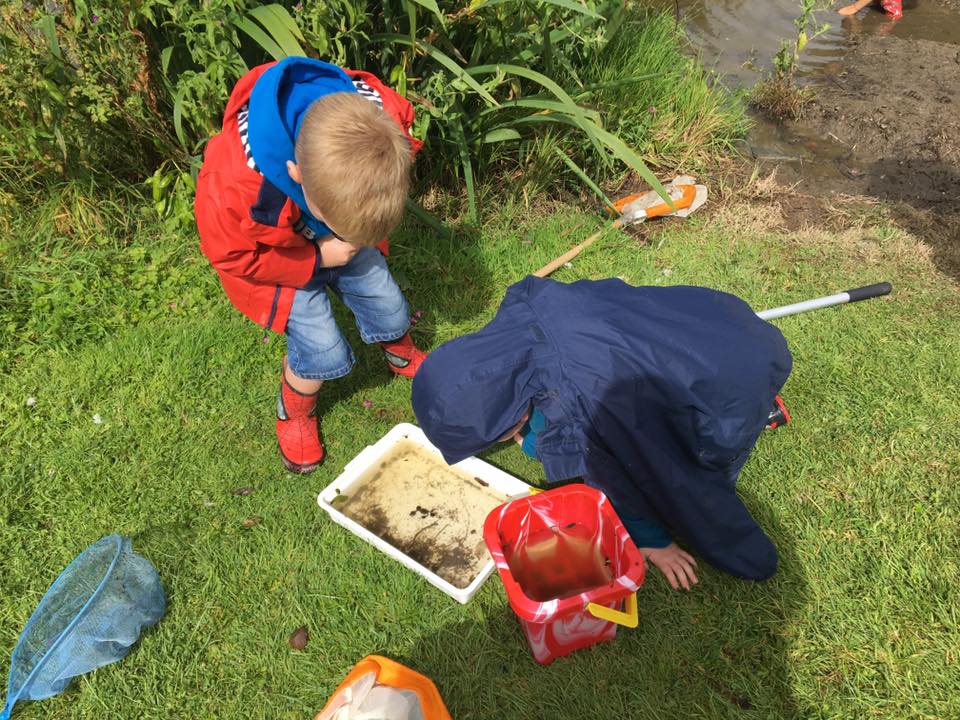
Llwyngwair Manor Holiday Park
The campsite manager received training to enable her to run river and pond dipping sessions in order to share the wetland habitats at the campsite with her visitors. The project helped with purchasing the necessary equipment to allow her to run three sessions through the summer which were popular with visitors and locals alike. Sessions were advertised on Facebook and booked up almost immediately.
On the opposite side of the river the campsite has a meadow which is used for informal recreation by campers. This area has huge potential for development for wildlife and recreation, as well as promoting the environmental education to grassland habitats. One of the major issues on this meadow is the presence of the invasive non-native species (INNS) Himalayan balsam and Japanese knotweed.
The campsite have been controlling the Himalayan balsam by regular mowing of the meadow, however, it still lingered in hard to reach places in the woodland and along the river banks.
The project funded the treatment of Japanese knotweed and North Ranger Area Carol Owen and her group of volunteers from the Army Preparation Course at Pembrokeshire College lent some people power to help them in their task of managing the balsam.
Click the link to read the Llwyngwair Manor Naturally Connected Wildlife Report.
Penrhiw Hotel
At Penrhiw Hotel in St Davids we provided funding to purchase locally sourced yellow rattle seeds to help improve the hay meadow they manage adjacent to the hotel. Although the meadow has been doing very well and is already home to variety of plant species, it has a high cover of grasses compared to flowers.
Yellow rattle is parasitic on grass and will help to reduce their vigour and improve the cover of wildflowers in the meadow. The meadow will be open to the public as the part of the St Davids Peninsula Pollinator Trail.
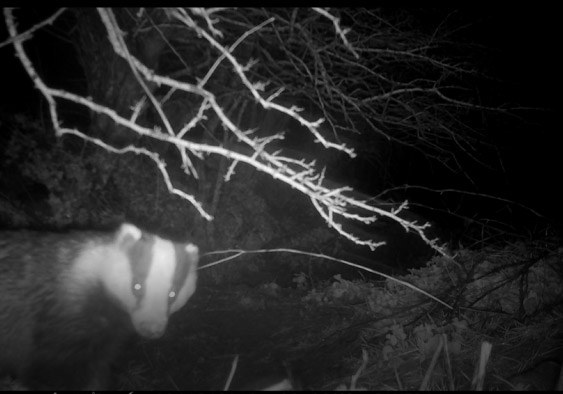
Penrhiw has an ancient badger sett, first recorded in the 1700s. Encouraging access to view badgers brings with it the risk of disturbance so we funded a trail camera to enable the grounds staff to try capturing footage of the badgers which could be shared with guests and on their Facebook page.
Click the link to read the Penrhiw Naturally Connected Wildlife Report.
